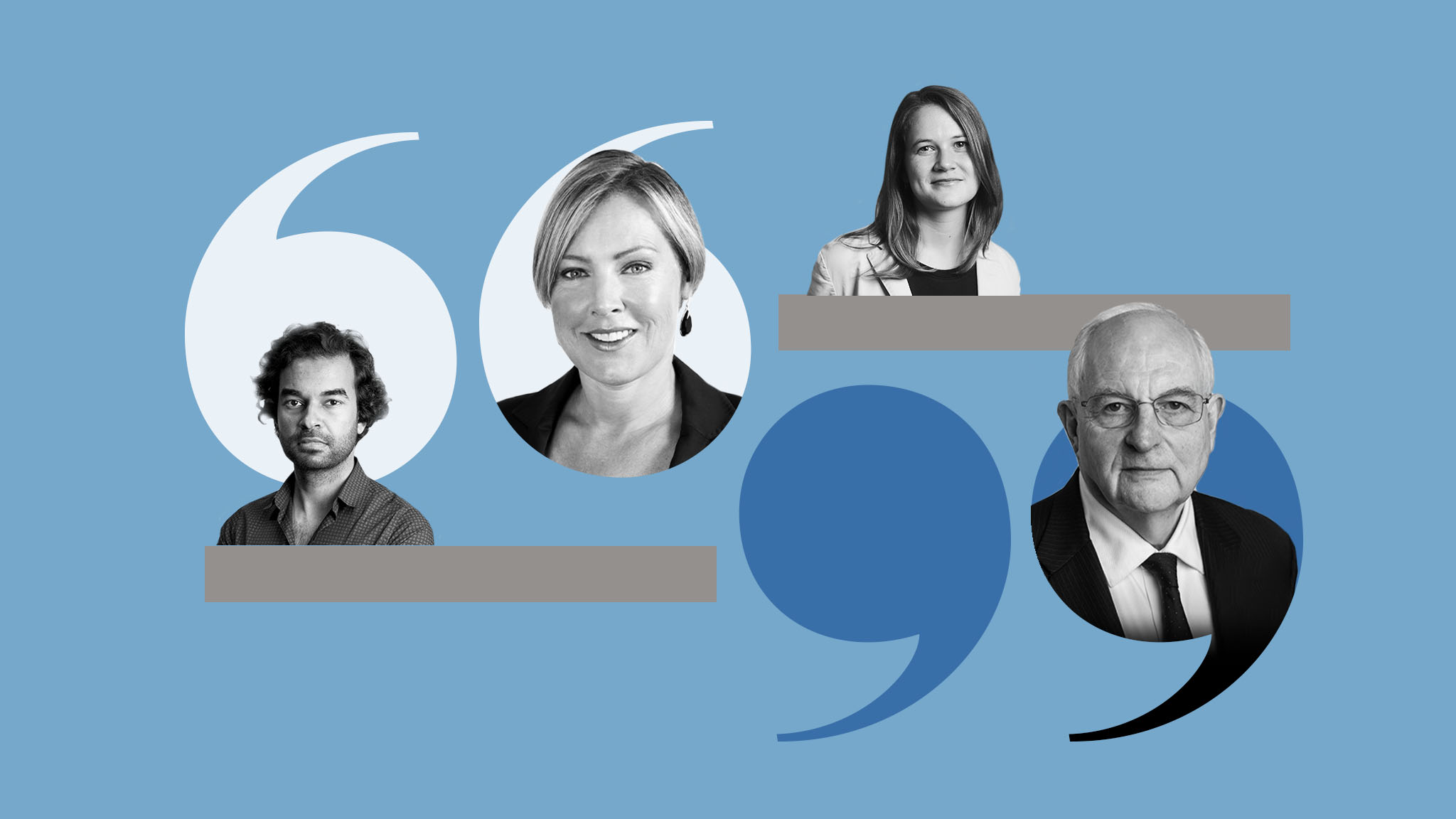Why corporate top brass defy neat investment models


Economists like to model corporate executives as razor-sharp optimisers, using sophisticated analysis to pick investments. (No doubt this is also how some managers like to see themselves.) Potential projects must generate returns above a minimum “hurdle rate”, which should depend on the company’s cost of capital. If borrowing is cheaper, then more projects should seem worthwhile. And rising rates should make executives more discerning, holding back investment.
Awkwardly, reality is a little more complicated. Rock-bottom interest rates in the 2010s didn’t exactly send investment in the US and Britain soaring. More recently, as rates have climbed, investment has not crashed. The latter has been a relief for those who feared a nasty recession, but a puzzle for economists pondering the way monetary policy works. Recent evidence suggests sticky hurdle rates could be part of the answer.
Academics have known for a while that executives are more conservative than theory would suggest, and that hurdle rates seem strangely disconnected from both the level and change in capital costs. In the 2010s those rates were pretty unresponsive to (admittedly low and static) interest rates, blunting the effects of monetary policy.
A new blog from Bank of England economists confirms that even as rates have been rising, executives have adjusted their hurdle rates about as frequently as I think about clearing the gutters (not very often). In the three years up to January 2024, the average interest rate on loans to private non-financial corporations rose by just over four percentage points. The median hurdle rate rose by half that. They also showed that two-thirds of companies do not use hurdle rates at all, preferring other rules of thumb.

It does look as though these hurdle rates have practical significance, even if it isn’t exactly clear why some companies are so reluctant to fiddle with them. Companies that did raise this bar for investment over the past three years were more likely to say that tighter monetary policy had encouraged them to slash investment.
A recent working paper by Niels Gormsen and Kilian Huber of the University of Chicago and Masao Fukui at Boston University finds similar results for US companies. They scoured corporate earnings calls and investor conferences for mentions of perceived cost of capital, as well as hurdle rates. Just like in Britain, over the past few years hurdle rates have been slow to budge. Other work by the same duo looking at the 2000s and 2010s suggests that strong-ish effects take years to materialise. Over seven to 11 years, a one percentage point increase in the cost of capital raises hurdle rates by 0.7 percentage points.

Had the problem of weak investment over the first two decades of the 2000s been caused by lack of demand, one might have expected falling rates to drag down hurdle rates, and yet still for few projects to exceed the bar. Instead, hurdle rates were sticky, apparently reflecting corporate caution. The economists argue that this dynamic was enough to explain most of the “missing investment”.
Why would executives fail to seize opportunities that seem decent, at least according to textbook metrics? Huber points out that investors deserve some blame too, as they are apparently tolerating such restraint.
Perhaps executives are trying to convince investors of their prudence. In his presidential address to the American Financial Association published in 2022, John Graham of Duke University told the story of an executive who described the hurdle rate as “sacred”, and worried that constant fiddles lead to “less unified decision-making across the firm”. Or maybe these financial metrics simply rationalise choices made on the gut instinct of senior management.
Huber and Gormsen have another idea of what might be happening. It seems that companies in industries where market concentration is higher (which suggests competition might be weaker) have particularly sticky hurdle rates. They suggest that competition is a force pushing executives to invest as they fret about falling behind their rivals. Without it, companies find it easier to sit on their hands.
This wouldn’t be the first time that people out in the real world defy a logic painted in algebra. Whatever the explanation, it doesn’t look as if managers are being ignorant or inattentive. They do seem to perceive changes in their cost of capital pretty accurately. Instead, something seems to be going on within the hierarchy of companies themselves. Rather than humans being simpler than thought, the organisations they occupy are more complicated, with macroeconomic effects.
Follow Soumaya Keynes with myFT and on X
The Economics Show with Soumaya Keynes is a new podcast from the FT bringing listeners a deeper understanding of the most complex global economic issues in easy-to-digest weekly episodes. Listen to new episodes every Monday on Apple, Spotify, Pocket Casts or wherever you get your podcasts









Comments